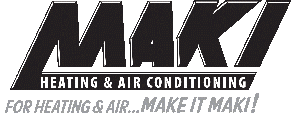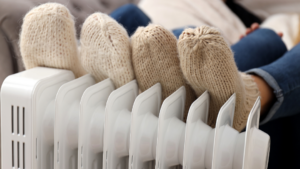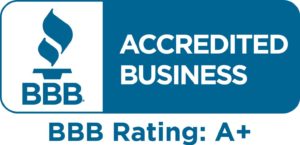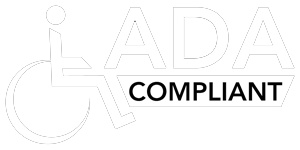HOAs, also known as homeowners associations, were created to protect all residents and interested parties in a community. They do this by encouraging low noise levels and pristine upkeep in all public areas and some private areas in the neighborhood as well. While the rules that HOAs create and enforce are often beneficial, they can also make HVAC requirements more complicated by limiting what type of HVAC system you can have and who is responsible for paying for it. At Maki Electric, Heating, and Air we want to help you navigate the challenges and complications that come with installing a new heater or air conditioner and while seeking HVAC repair services.
Here are some important things to be aware of before making any HVAC repair or installation decisions when living in a community with an HOA.
#1. Ask Before You Install
Especially in elite or newer neighborhoods or housing developments. HOAs have fairly strict rules against a property’s appearance and what is and is not allowed. Window mounted air conditioners for example, are not allowed in many HOA neighborhoods. The logic behind this is usually that they create too much noise and take away from the exterior aesthetic of the home, which then impacts property values in the neighborhood.
Make sure you ask if you are at all uncertain of what’s allowed in order to avoid costly installation of units you may not even be permitted to utilize.
There are several possible solutions we can help you with at Maki Heating and Air, your premier HVAC company in Sacramento!
A Ductless Mini Split System:
A ductless mini split system is a self-contained air conditioning or heating unit that can be installed in any part of the home to control the climate in that specific area. They are great for larger homes where every area is not necessarily always used at once, for attic and basement spaces, or for residences in an HOA where there cannot be a large system affixed to a window, a patio, or anywhere that’s visible from the road.
Ductless, mini split systems are also ideal because they can help save you energy and also money by only heating the rooms in the home that are being used at any given time. Lots of mini split air conditioner and heating systems are extremely quiet and because they typically don’t have to work as hard when heating a smaller area of the home. Another added bonus is that you will usually have less of a chance of needing major HVAC repair on these smaller, simpler systems.
A Heat Pump
Another viable option might be a heat pump, which is a system that takes warm air from outside and pushes it into the interior of the home. If it’s hot outside, it can also reverse functions to work like an air conditioner in cooling mode, taking hot air from the house and expelling it outdoors. Heat pumps tend to work very well in milder or coastal climates, but they are not powerful enough to be very effective in extremely cold or snowy areas.
#2. Know Your HOA Rules Inside and Out:
The desire for low noise levels and pristine property appearances are the two most common concerns HOA rules are built around. Most HOAs are trying to make life more comfortable for the residents of the community and maintain property value and aesthetic appearance.
Make sure you know if they have any regulations against the following:
- Can you install an air conditioning condenser on the wall?
- Can you set up an HVAC unit on the patio?
- Can you drill through an exterior wall to install HVAC equipment?
#3. Understand Who is Responsible for HVAC Repair and Maintenance:
If you live in a condominium or an apartment and install your own HVAC system in your unit, maintenance and HVAC repair costs will likely be your responsibility. However, if your heating and air conditioning is a shared system, especially one that connects to other residences or common areas, it is usually the HOA that is responsible for HVAC repair, cleaning, and maintenance.
If a common system is damaged by a winter storm or through the faults of an HOA-appointed company or contractor, such as a construction worker repairing a building, it is almost always the HOA‘s responsibility to pay for the HVAC repair in California. This is especially true of duct systems in common buildings like apartments and condominiums since ducts are considered a shared area as they pump air through multiple residences. Any damage to ductwork may likely be the responsibility of the HOA as well.
Certain HOAs, however, have written limited liability agreements for things like air filtration systems or air conditioning units that you specifically connect to the ducts, so watch out for hidden stipulations!
Your Premier HVAC Company, Sacramento CA!
When you search for “HVAC company Sacramento,†you will see Maki Heating and Air Conditioning has exemplary customer service ratings, and we make timeliness and reliability a priority. We know you need HVAC repair done quickly and efficiently, and our certified professionals are happy to assist and to work with you to maximize your energy and cost savings.
Contact Maki for HVAC Repair or Installation Today!
Contact us at (530) 885-3449 or (916) 782-9242 today to see how we can help you navigate tricky HOA repair and installation requirements when getting a new heater or air conditioner system. We work with customers all over the Greater Sacramento Area and the Sierra Nevada Foothills and are thrilled to serve our community members by keeping them safe and comfortable year-round.










